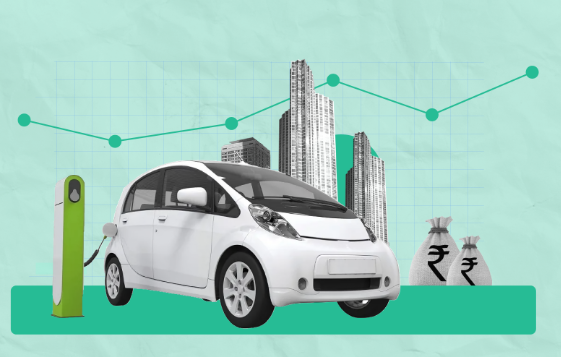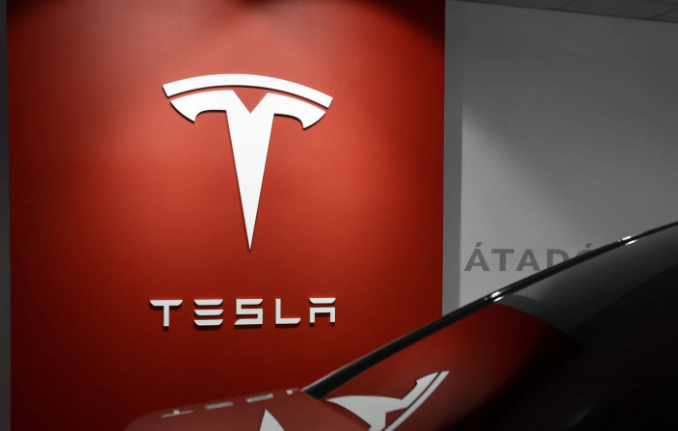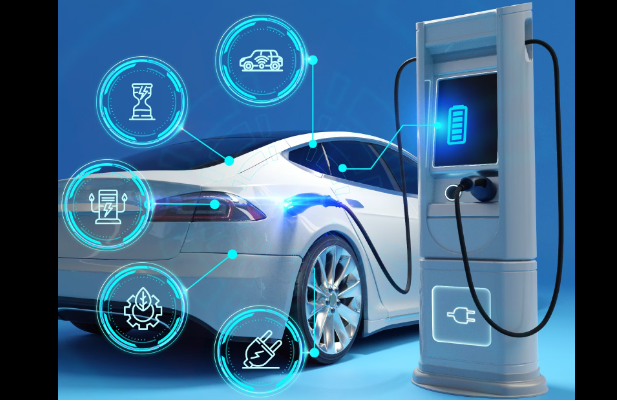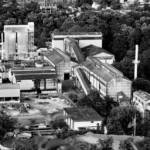Over the next few years, automakers will spend enormous sums on launching a plethora of new electric vehicles(EV) while Tesla has a significant advantage.
The ambitious EV goals of the automotive sector are facing an impending challenge.
The next several years will see a flood of new electric vehicles arrive on the market thanks to massive investments made by automakers. Through 2026, Ford Motor alone anticipates spending more than $50 billion to increase EV production globally. Volkswagen said it anticipates spending over $200 billion on EVs and related software through 2028, while General Motors stated it will invest $35 billion through 2025.
The main reason why Americans are still afraid to join is charging-related worries.
Numerous studies have revealed that concerns about charging, particularly public charging, are preventing people from purchasing electric vehicles.

According to a poll conducted in June by Cox Automotive, 32% of buyers who were contemplating buying an EV identified a “lack of charging stations in my area” as a deterrent. According to a Consumer Reports study published in April, “charging logistics” and “purchase price” are the two main obstacles keeping customers from making a purchase. In addition, according to a survey conducted in April by the Energy Policy Institute at the University of Chicago and the Associated Press-NORC Center for Public Affairs Research, 47% of American adults do not anticipate purchasing an electric vehicle as their next vehicle, with nearly 80% citing a lack of charging stations as a deterrent.
Despite the United Auto Workers’ worries about Detroit’s switch to electric vehicles and the union’s prolonged strike, a groundswell is building to strengthen and expand the U.S. charging infrastructure. President Joe Biden has championed the cause, working with Congress to provide significant incentives to improve public charging, while competing automakers have formed uncommon alliances to support the establishment of a unified charging standard and ease EV drivers’ pain points.
But the question still stands: for how long and to what extent will charging slow down the EV revolution just as it is starting to gain traction?
Where can I charge my EV and how?
In that many EV owners only use them sporadically, public charging stations aren’t exactly like petrol stations. The majority of EV users charge their vehicles mostly at home using a Level 2 home charger that is provided by the OEM or another party. Of course, that won’t work for everyone. Even EV owners who charge at home occasionally utilize public chargers.
Some EV drivers charge while they work. Chargers are frequently provided in places of employment with employee parking, as well as in an increasing number of hotels, shopping malls, and other locations where individuals would leave an EV parked for a few hours.

Also Read: Companies Delaying Artificial Intelligence Integration(AI) Run The Risk Of Falling Behind
These chargers, which are frequently referred to as “destination chargers,” add about 35 miles of range per hour by charging at speeds comparable to those of home chargers. To use them, you might need an app from a charging business, but the process is often simple—assuming the chargers are functional.
If you anticipate parking your car for a while, destination chargers can be a wonderful way to increase your range. But you’ll need a quick charger for a road trip.
Modern fast chargers can charge your car to 80% of its capacity in about 30 minutes, more or less, which is a significant improvement over the chargers that the majority of EV drivers use at home or at work.
While the cost of fast charging varies depending on the time of day and the area, a tank of gas is typically less expensive. Moreover, even if Tesla owners have it pretty easy, locating an EV charger that is compatible with other models when you are away from home can be a frustrating experience.
Why are things so much easier for Tesla drivers?
Nearly 21,000 of the approximately 33,000 public fast chargers that are now operational in the U.S., according to the U.S. Department of Energy, are Tesla Superchargers. These chargers employ a special plug style known as NACS, or North American Charging Standard, just as Tesla’s own destination chargers.
When there were few fast chargers in the nation, Tesla initially constructed its Supercharging network to allay potential customers’ worries about charging on long drives. The size and dependability of the network became a crucial component of Tesla’s early sales presentation to consumers who were apprehensive to switch to a fully electric vehicle, and it has continued to be crucial to the company’s success.

The Combined Charging System, or CCS, is a more difficult to locate and frequently unreliable charging alternative for the majority of people. As they invest billions on brand-new EVs, global automakers—and the Detroit corporations in particular—have grown increasingly concerned about the flaws of CCS. Simply put, America’s hodgepodge of CCS chargers delivers patchy coverage, difficult-to-use equipment, and, far too frequently, malfunctioning chargers.
The “up time” of their chargers, or the proportion of time the charger is available for use, has recently been improved by CCS charging providers like ChargePoint and EVgo.
But there’s still a significant reliability problem. In a study conducted last year, scientists from the University of California, Berkeley examined 675 CCS fast chargers in the Bay Area and discovered that over 25% of them weren’t operational. Reliability was identified as a major problem in a more recent August 2023 analysis by JD Power that revealed that customer satisfaction with public CCS chargers — both destination chargers and fast chargers — has dropped dramatically over the last few years.
“The reliability of public chargers continues to be a problem,” said Brent Gruber, who oversees JD Power’s EV practice. “The situation is stuck at a level where one out of every five visits ends without charging, with station outages accounting for the majority of these cases.”
Notably, same JD Power survey also discovered that Tesla’s own fast-charging network had significantly higher customer satisfaction than the CCS alternatives. Furthermore, there are now less than 12,000 CCS fast chargers spread out across the United States.
Click here, to know more about Tesla.
Also Read: Doctors Can Predict Their Patients’ Risk Of Death With The Help Of Artificial Intelligence
Image Source: Google, Instagram




































